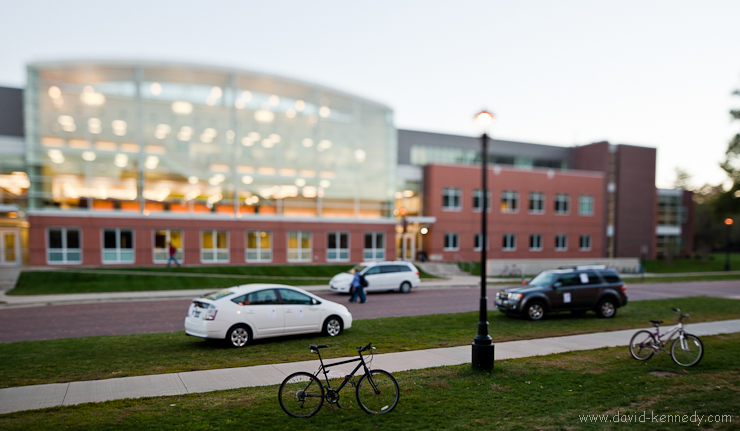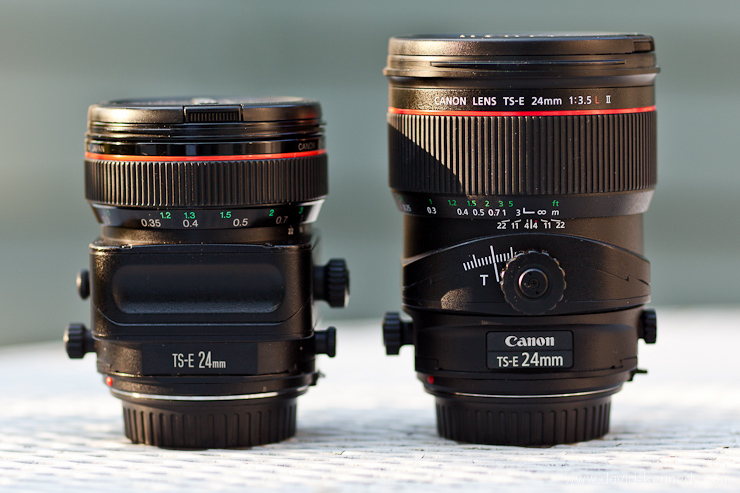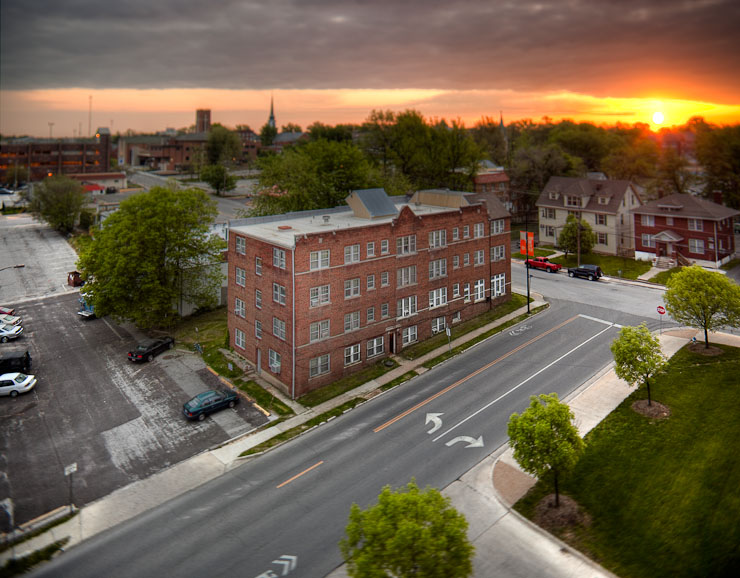
Lens envy is something every photographer experiences, and sometimes it’s made worse when a lens you love is replaced with a newer, more expensive version. I suppose this is what people who have iPhone’s go through every June.
About five years ago I purchased a Canon 24mm f/3.5L TS-E lens for its ability to control perspective…that is, I wanted to get a view looking “up” at a building without the lines converging. And it was a small, albeit dense, lens, so it was pretty easy to slip into a camera bag and take it along just in case a landscape or architectural situation demanded it. But it had its flaws, chief among them being that the tilt (also known as swing) movement comes from the factory 90 degrees from the shift (rise and fall) movement. That means that if you want to use shift to get a higher perspective, but also tilt the lens downward, then you’re out of luck unless you send the lens in to Canon to be altered so that they’re on the same plane.

